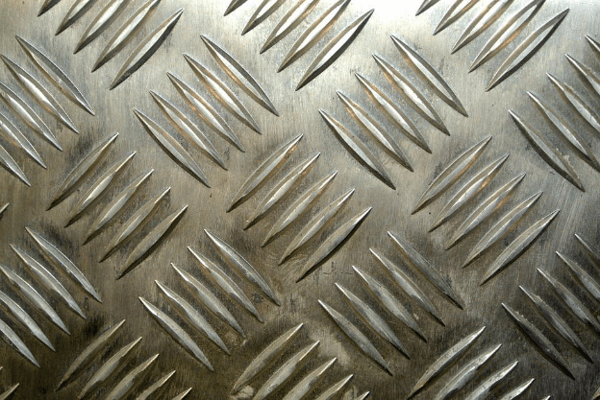 When sheet metal is formed, it may be used by many different tools or sent through different machines. Sheet metal is cut, rolled, and manipulated into different shapes and objects that form a wide variety of purposes.
When sheet metal is formed, it may be used by many different tools or sent through different machines. Sheet metal is cut, rolled, and manipulated into different shapes and objects that form a wide variety of purposes.
In fact, a large majority of the products that we use every day were constructed from sheet metal. Sheet metal in some form exists in:
-
HVAC ductwork
-
Refrigerator
-
Outdoor sheds
To make sure the sheet metal manufacturing process runs smoothly, a rolling machine is used. This process flattens pieces of metal and ensures they are the size you want.
However, there are some problems that can occur during the rolling procedure. In this post, we’ll discuss potential sheet metal rolling defects and how to prevent them.
Rolling Defects Causes & Remedies
Sheet metal rolling defects have two different categories: surface rolling defects and internal structural rolling defects.
Surface Rolling Defects
Prior to working with a metal rolling machine, a piece of metal might have impurities such as:
-
Roll marks
-
Rust
-
Dirt
Usually, these defects happened during previous work with the metal.
Internal Structural Rolling Defects
When it comes to rolling defects, most of them are caused by the actual rolling process. See below for the various defects to look out for:
Wavy Edges
Since there is a deflection involved under the load in a rolling machine, this can cause a workpiece to be thinner on the edges and thicker in the middle. This can cause the edges to be wavy.
Edge Cracking
Especially in hot rolling, cracking is very possible. This is because the temperature sometimes isn’t uniform throughout the whole workpiece, thus causing more pressure on the warmer areas. Similar to wavy edges, edge cracking also occurs when added pressure is applied to the edges of the piece, instead of the center.
Alligatoring
Another common defect in sheet metal rolling involves the splitting of a workpiece. During the rolling process, a piece of metal will experience a different amount of reduction in certain areas of the piece. This can cause an uneven roll with various amounts of pressure throughout the piece.
How to Prevent Them
Although it’s difficult to completely prevent these defects, there are some ways to limit your chances of experiencing these problems. Check out the following methods used to prevent defects:
-
Continual varying crown
-
Pair cross rolling
-
Work roll bending
These methods help with the flatness of the sheet metal and might aid in preventing these annoying defects.
If You Need More Help
The bullet points above are best explained in detail by a sheet metal fabrication expert.
For more information on sheet metal rolling defects, or if you would like to schedule an appointment with a sheet metal expert, give Blackstone Advanced technologies a call today or click the button below.



